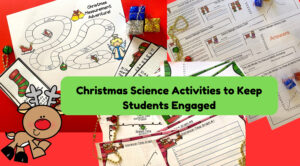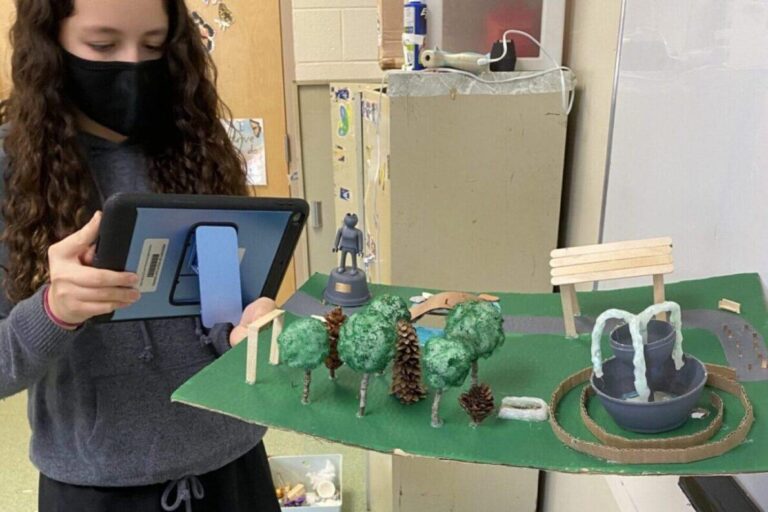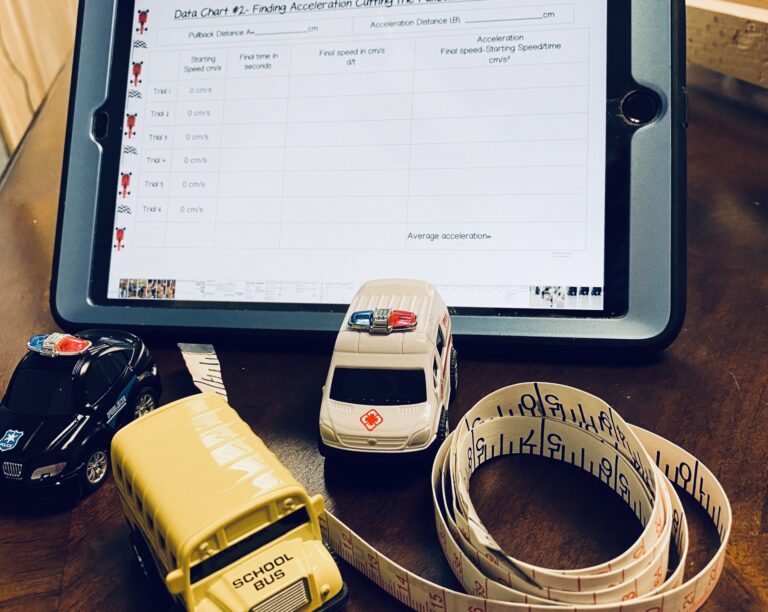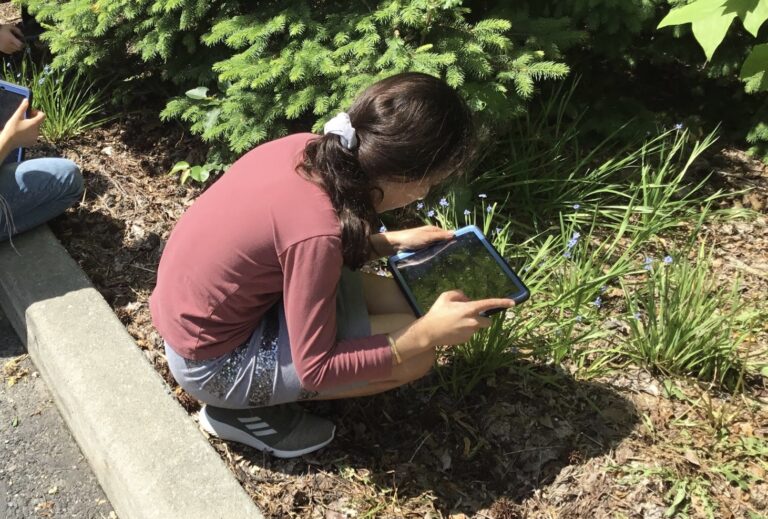Planning Lab Activities for Middle School Science Class
Are you struggling with planning lab activities while teaching middle school science? How do you introduce the lab, execute it, clean up and draw conclusions in one class period?

Planning Lab Activities for Middle School Science Class
Updated August 28, 2022
I use a method that I call “backwards lesson planning” as I am planning lab activities for my multiple, middle school science classes. When I adopted this method I noticed a huge change in my stress level in terms of dealing with large classes of middle school students, materials, safety concerns and overall classroom behavior.
Backwards Lesson Planning
When you sit down to start planning a lab activity, for a 40 minute period or 90 minute period, you should always start with your end goal first. You will start at the end of your class period and work backwards towards the beginning of your class. This time management hack really works! Once you answer the following questions then the rest tumbles into place.
What is Your Final Goal of Doing the Lab?
Ask yourself WHY you are doing this lab activity. Is it something that you found on Pinterest that seemed like it matched the general idea of the unit? Is it something to truly reinforce concepts that you have been teaching? Our class time is limited and there are plenty of examples of “quick and easy, and sometimes dramatic” lab ideas that either have confusing or weak tie-ins to your actual content.
What Conclusions Do You Want Your Students to Draw at The End of the Activity?
This is something that should be thought of as you are looking for the correct lab activity to use for a specific concept. Which aspect of your overall concept is being reinforced during this lab?
You should have an idea of what you would consider the ideal conclusions that you wish students to draw. I sometimes give students a brief lab report template for them to fill out, which gives me an idea of comprehension.

If students are way off base, or are struggling with WHY they did the activity, then the activity needs to be reevaluated.
How Much Time Will the Lab Take to Clean Up?
Most lab accidents happen as students are rushing to clean up fast to get to their next class. They get careless and anxious if the teacher is clearly exhibiting anxiety about the clock.
Budget your clean up time at the FRONT END of your planning and stick to it!
If the lab needs to go into another day, or you need to cut out parts of it, so be it. The cleaning part of the lab should not be stressful. This makes the kids act up and can cause apprehension for some students.
How Much Time Will the Lab Activity Take?
As I have mentioned in my other blog posts on time management, (10 Tips for Good Time Management in the Science Classroom), you should always do the lab yourself and multiply the amount of time it took you to do it by at least 2 to 3 times. Students may need to read the directions several times until they comprehend what needs to be done. Plus, they may need time to ask you questions.
This planning will include a point where you will pause the class to do a check-in. Do you have a clear idea in your mind as to when you will give time warnings to the students for each stage of the activity? Make sure you are clock watching during the entire period, even as you are walking around and assisting.
Say things such as “two minutes until we pause to talk“ or “seven minutes until clean up”. This keeps the students aware of the time and their pace.
Do Students Have Enough Background Information to Understand the Activity?
There is nothing worse than starting a lab, and realizing halfway through, that the students have very little or no understanding as to why they are doing the lab! Students should have enough previous knowledge to be able to use the lab to build upon a strong base.
If not, perhaps push the lab off one day and do some concept material.
Do Students Have Written Instructions?
I prefer to have the introduction and lab procedure written out for the students, plus I project it on my whiteboard. I send the procedure and any data charts to the students’ digital science notebooks so that they are ready to go. Quite often I have the students read it the evening before for homework. This way, they come into the lab prepared and ready to go.
Do The Students Have a Clear Understanding of Appropriate Lab Behavior?
Students should have a rubric that explains lab behavior from the first day of school. I prefer to also hang it on the wall of my classroom. Do you have a separate rubric for the specific lab you are doing that day? Students find it very reassuring to know what is expected of them BEFORE they begin.

Conclusion
As strange as it may be to start at the end of your class period and work backwards, this method has served me well for many years. Plus, we all know that good planning and time management helps squelch the majority of discipline issues!










